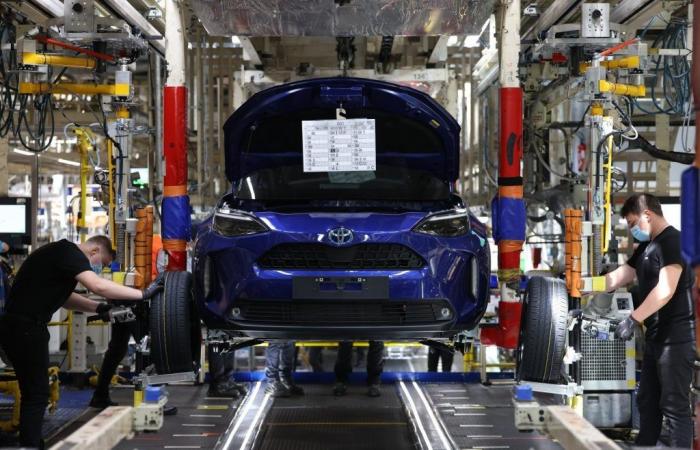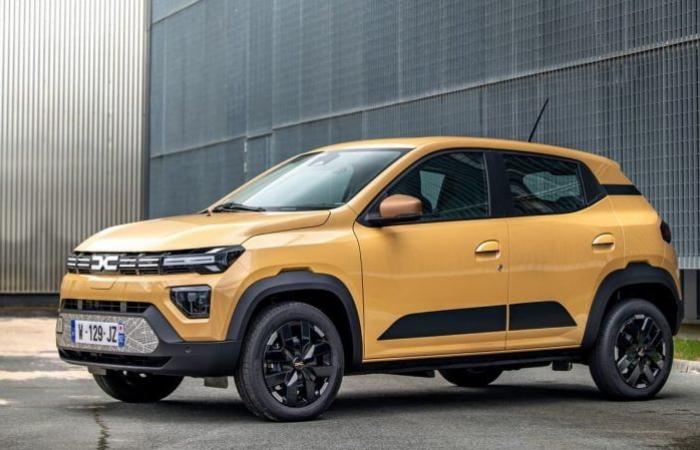Politics is not always about pleasing citizens, but there is still a prerequisite for any stable democratic governance: consultation. What the bureaucrats of the European Union seem to forget, among other things about the course that the automobile industry must follow. If the latter must absolutely participate in the effort to reduce greenhouse gas emissions, in the short as well as the medium and long term, the CO2 reduction objectives sound like so many untenable axes. They would almost be acceptable if they had been discussed upstream with the players in this industry, which employs 14 million people in Europe, and if they were not coupled with massive fines in the event of non-compliance.
On the one hand, the EU still hopes to ban the sale of new thermal engine cars from 2035, despite repeated warnings from manufacturers. The decision may seem irreversible, but it remains conditional on several review clauses along the way, as if it were necessary to discreetly preserve a way out and postpone this deadline. But, from 2025, the annual average of CO2 per car sold must drop drastically (to 95 g/km) for all manufacturers, otherwise they will each have to pay heavy fines. This is the new CAFE standard. From 2025 to 2035, these are the two terminals of a vice in which the industry finds itself caught and which risks producing quite the opposite effect from that hoped for. Not to mention, every year, the toughening of the supposedly ecological penalty, with a trigger threshold further lowered, to 113 g/km in 2025 and potentially 99 g in 2027.
15 billion euros fine
The objectives are always made to be hard to achieve, but the economic sanctions, which could amount to 15 billion euros for manufacturers in the year 2025 alone, are a handicap for the development of the electric car in the long term: they add up to worrying sales figures for “zero emissions”. Certainly, responsibility must be shared with manufacturers. The margin displayed by certain groups during the post-pandemic recovery suggests that there was a way to lower the selling prices of cars, which have exploded for ten years. And we would undoubtedly have done without lies and scandals like those of Dieselgate where, for having rigged its cars so that they emit less CO2 during approval tests, Volkswagen was fined billions of euros in fines. fine, discrediting the entire automotive industry in the process. However, by setting unattainable objectives while enacting enormous economic sanctions, the EU is placing the entire automotive industry in a dead end…
Two rooms, the same atmosphere
Things are even more complex as within this same industry, voices differ. On the one hand, Luca De Meo, boss of the Renault group and ACEA (to promote the interests of all European manufacturers), continues to warn of these sanctions and the social damage that would result from them. He logically pleads for a softening of the objectives, without exonerating himself from the general effort that the automobile industry must make to fight against global warming. On the other hand, Carlos Tavares, boss of the giant Stellantis, completely free since he himself left ACEA, confronts the EU with its responsibilities, arguing that the trajectory is known, announced for a long time and that we had to think earlier, before launching this big turning point. According to him, it is too late to turn everything upside down while the manufacturers have put themselves in working order to maintain the trajectory. Two positions for the same criticism: decisions taken too lightly for such a heavy sector.
Choice, but fewer buyers
Looking at the portfolio of electric cars available today, it is true that manufacturers have made the effort to expand the offering. Not to mention the benefits of each model, all sizes and segments are covered, from the Dacia Spring city car for less than €20,000 to the Porsche Taycan, including a plethora of compacts (Megane, ID.3, etc.) and family SUVs (3008, Scenic, etc.). And we no longer discuss the real advantages offered by this energy in use: silence, smooth operation, liveliness, etc. However, on the other hand, after having increased significantly over the past three years, buyers are becoming rarer. The EU may want to force destiny, but the reality of the electricity market remains implacable. “Battery” cars are stagnating at around 15% of new sales, or even collapsing when states stop purchasing aid. Expensive, offering too little autonomy and only affecting motorists with access to a charging point – that is to say those who mainly live in a house – electric cars are only aimed at a few people . The idea is starting to take hold. It remains for EU decision-makers to quickly move beyond demagoguery and idealism, otherwise they will weaken one of the most important sections of European industry. Because the first layoffs and bankruptcy filings among suppliers have already been recorded. It is no longer time to say that the threat to European automobiles comes from China, it comes from Brussels.







